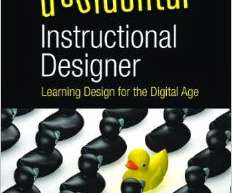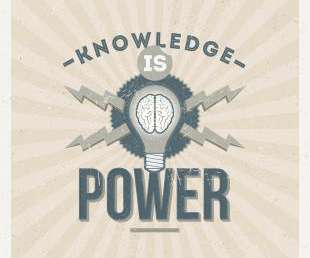Cognitive Learning: How to Use It, Benefits and Examples
Academy of Mine
NOVEMBER 14, 2020
That’s where Cognitive Learning Theory (CLT) comes into play – by focusing on individuals’ backgrounds and experiences as opposed to just grading for correctness. What is Cognitive Learning Theory? Different Cognitive Learning Strategies Today we are going to focus on how Cognitive learning theory can apply to corporate training.















































Let's personalize your content